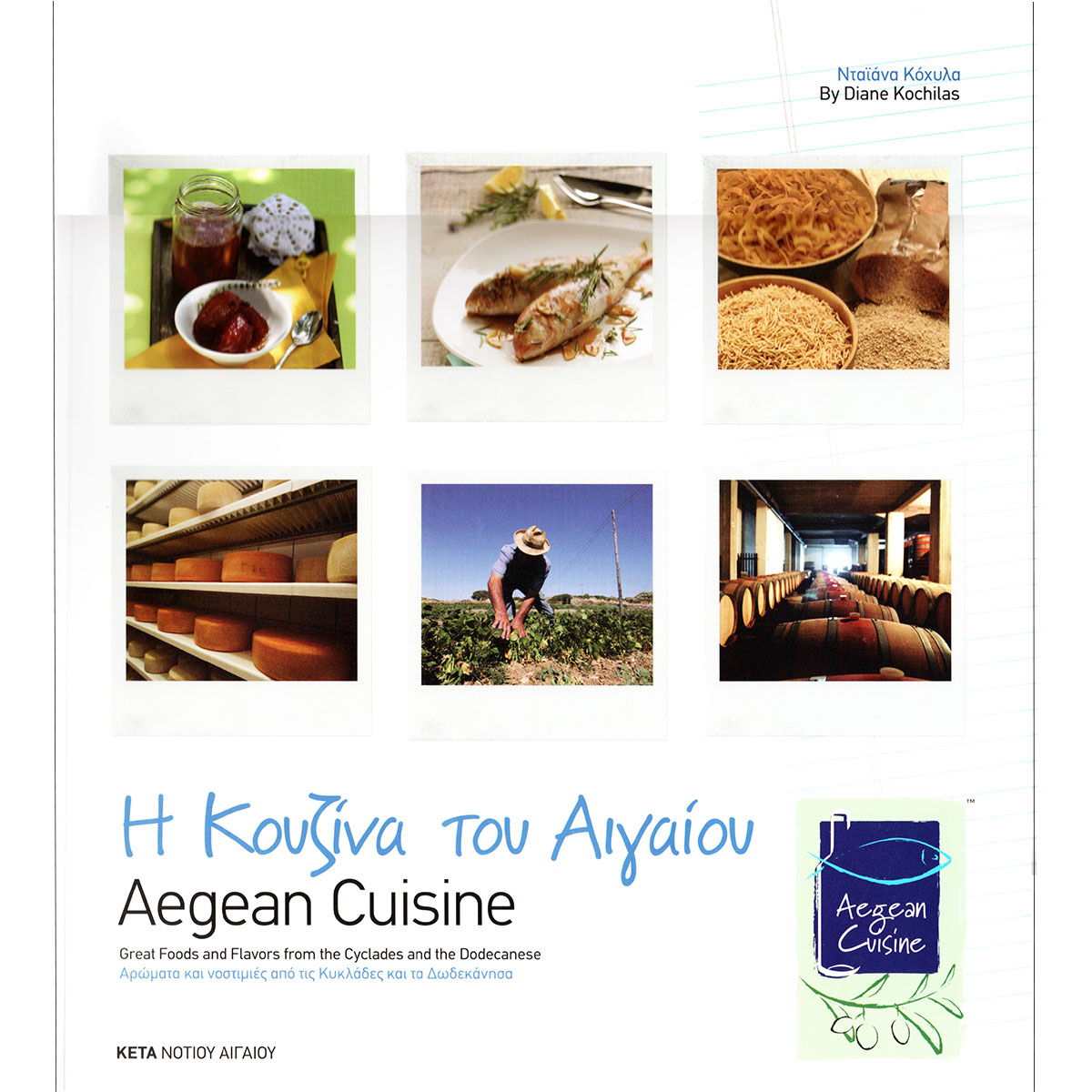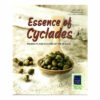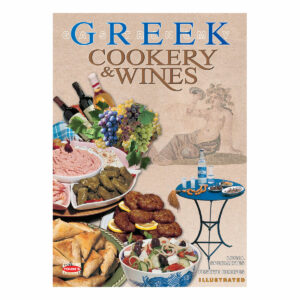Aegean Cuisine, Great Foods and Flavors from the Cyclades and the Dodecanese
€ 25.00 incl. VAT
Currency conversions are provided for informational purposes only. Checkout is done in EURO.
By Diane Kochilas
Billingual publication (English, Greek)
Publisher: Center for Business and Technological Development (KETA) of South Aegean (2008)
Dimensions: 28X24cm
Pages: 183
Out of stock
Notify me when item is back in stock.





Reviews
There are no reviews yet.